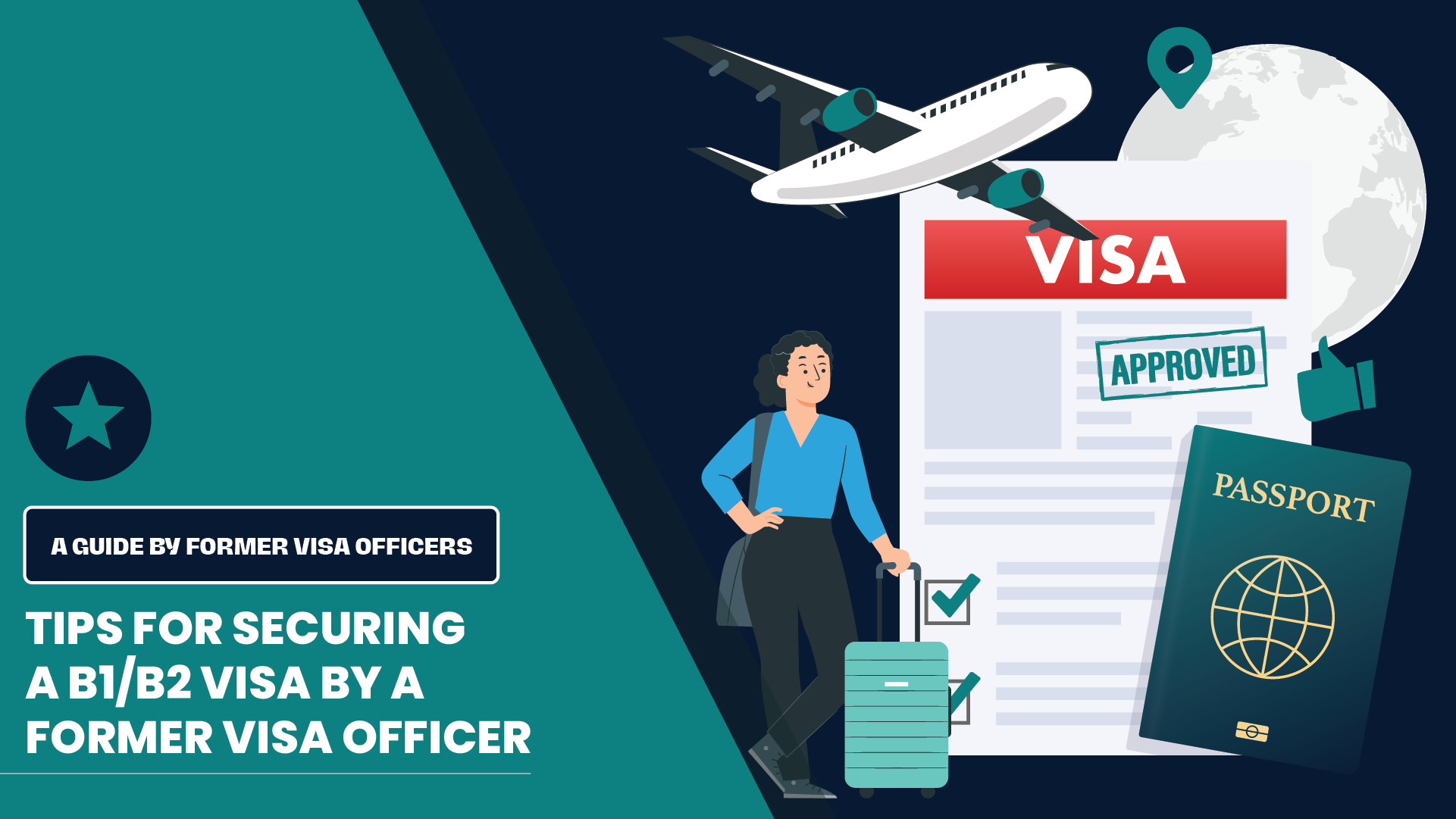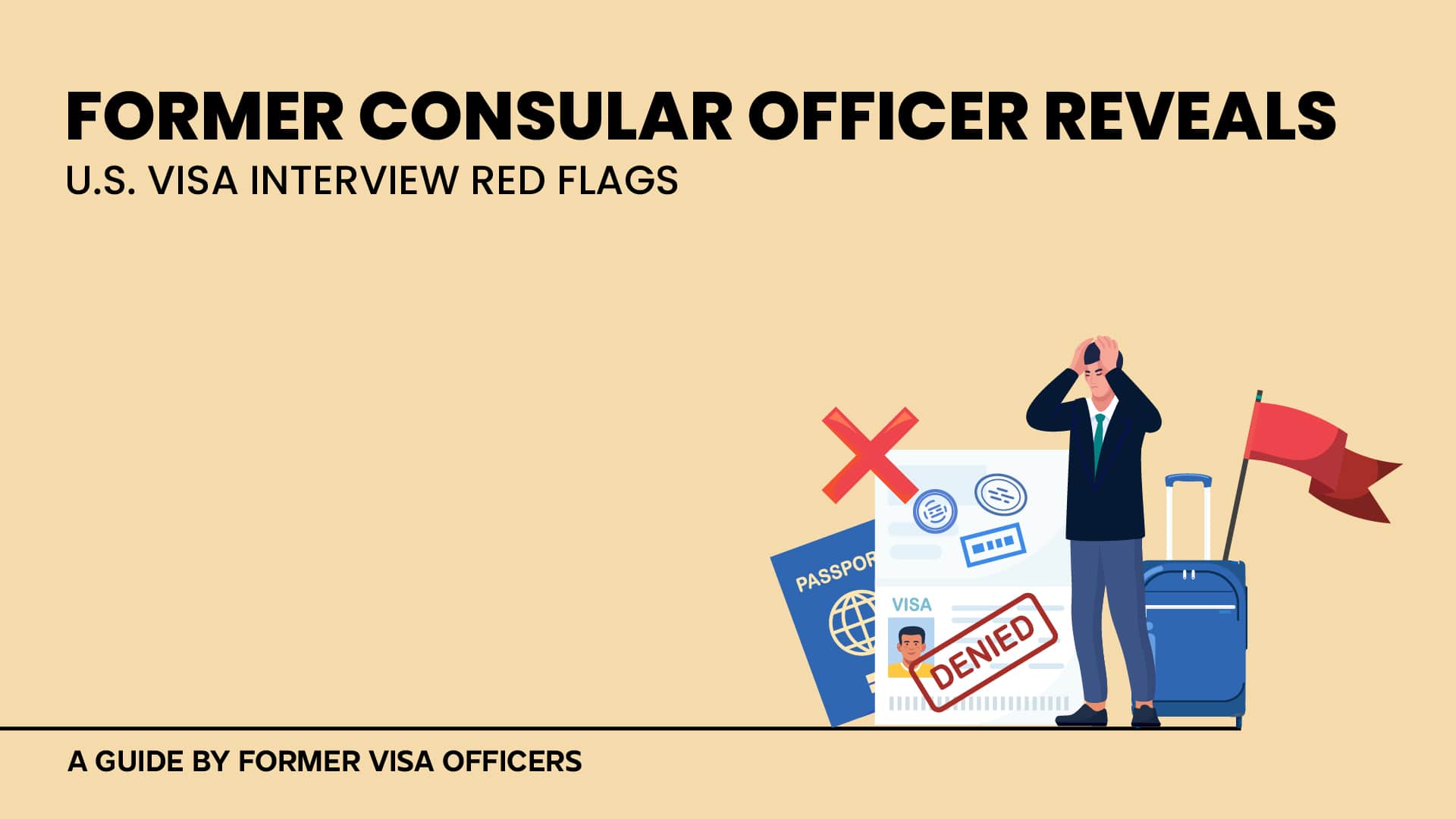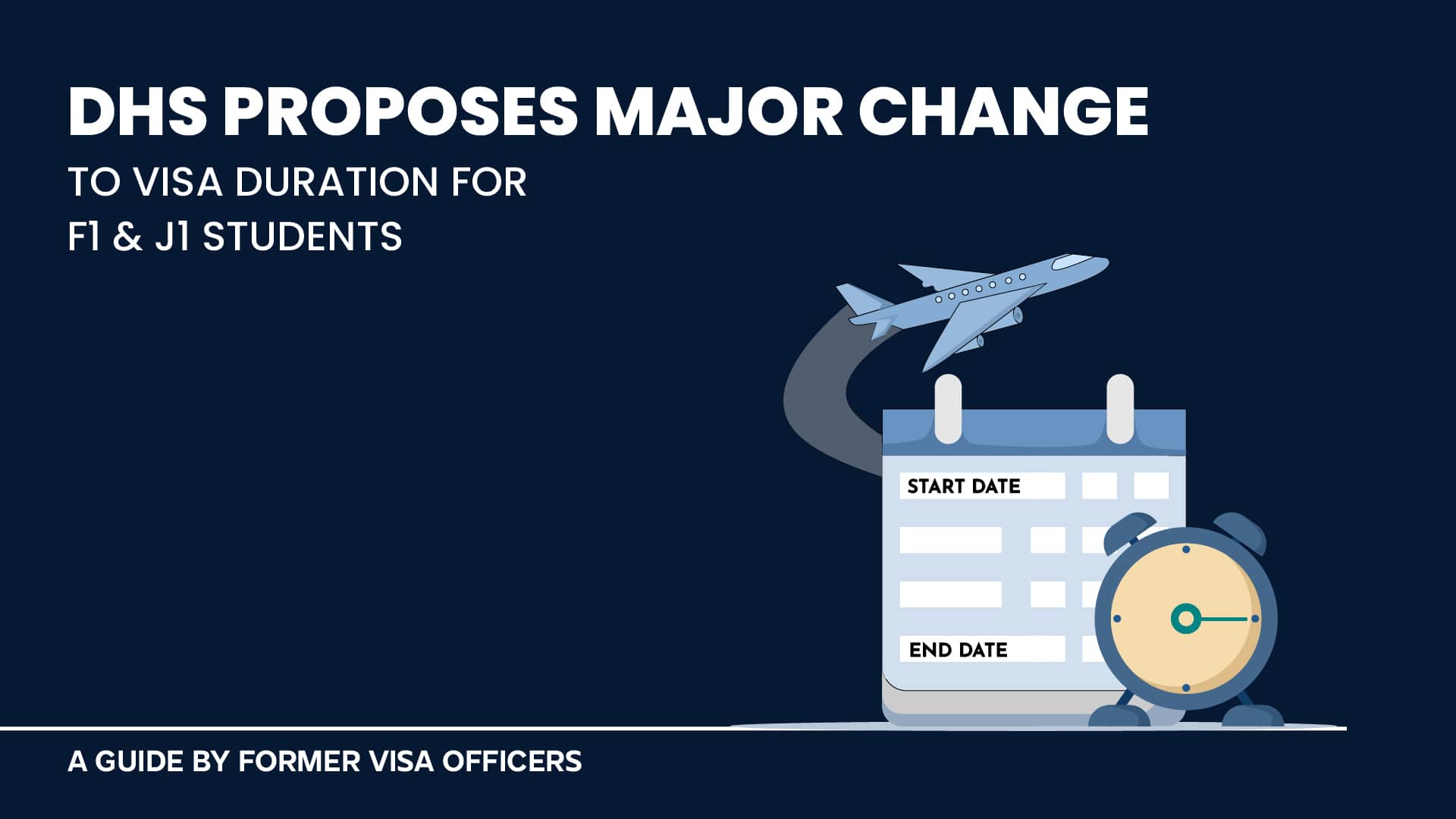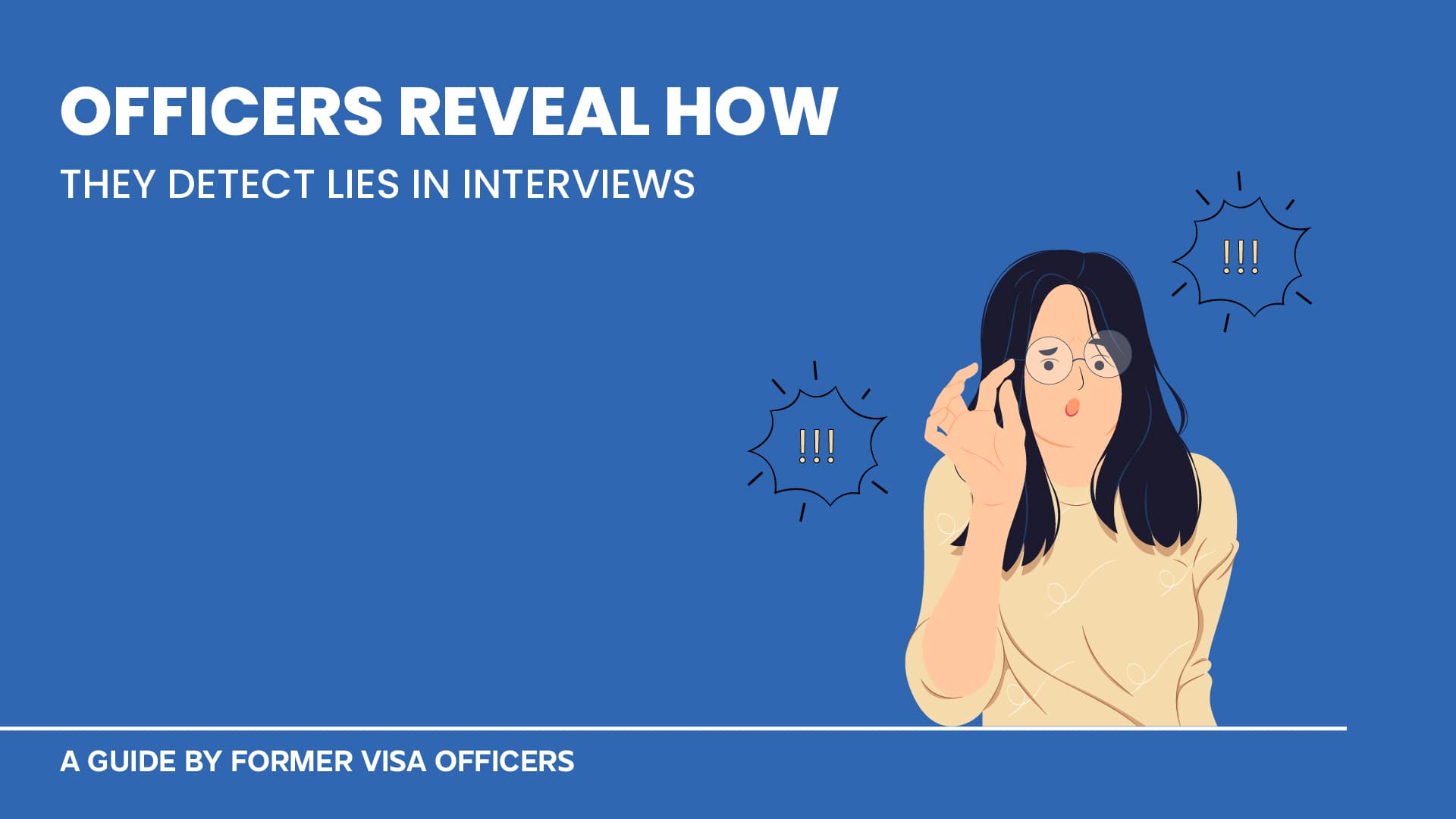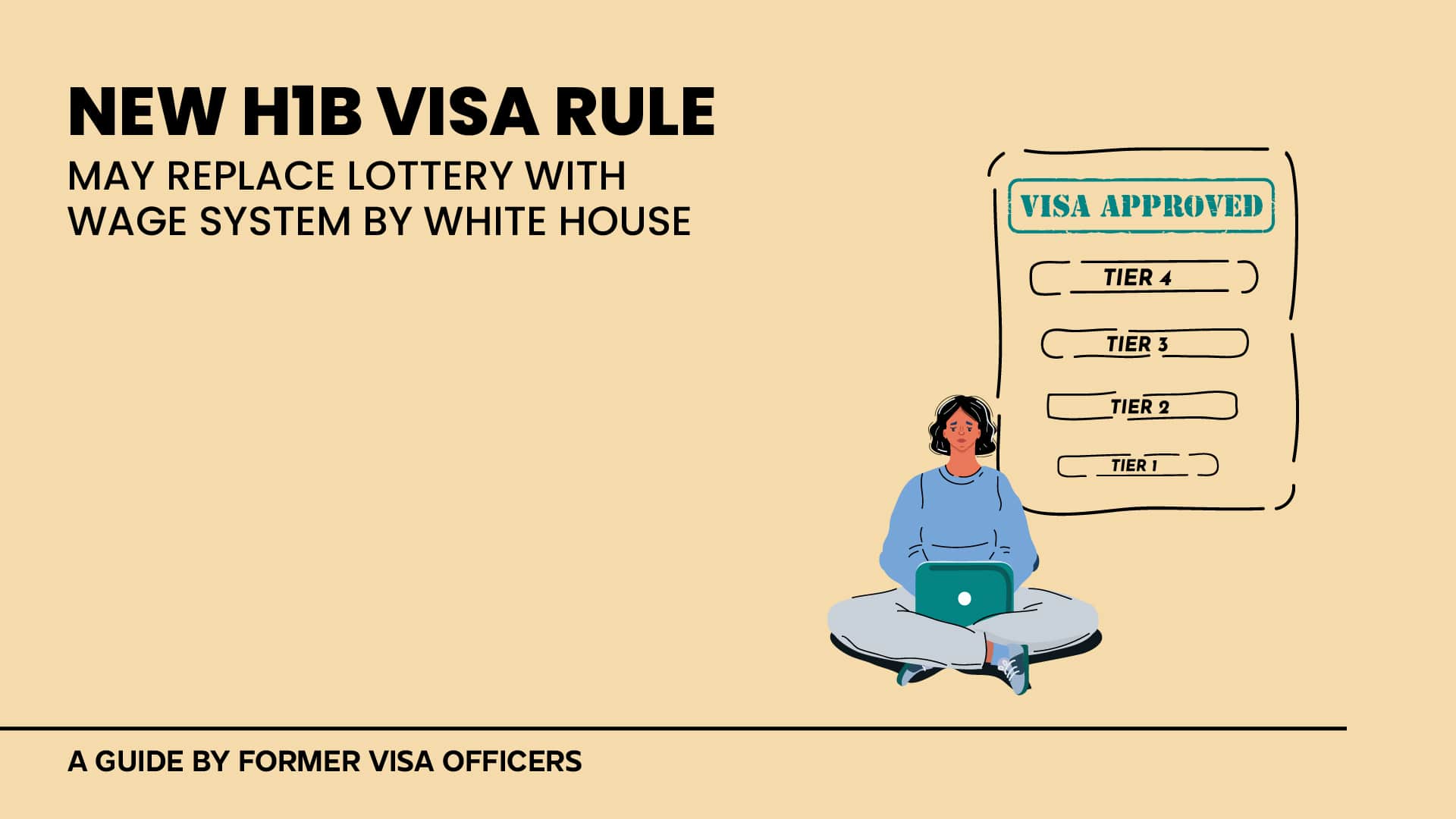Understanding B1/B2 Visas
People often need clarification on the differences between B1 and B2 visas. In short, B1 is for business-related activities, while B2 is for tourism and personal activities. But in most cases, they are usually issued together simultaneously. So, whenever you apply for a B1 or B2 visa, you will usually get a visa foil that says B1/B2, allowing you to do either activity on the same trip.
That means you can both attend a conference, training, or any other business-related activity and go to family functions or visit Las Vegas. These are all types of typical activities permitted on a B1/B2 visa. One key fact is that you cannot work on a B1/B2 visa. Work is defined as performing labour or providing a service for the money paid to you in the U.S., which requires one of several different types of visas.
However, you are allowed to do business-related activities, including meeting stakeholders, signing a contract with a client, attending conferences, or making sales calls. So, all these activities are permissible while visiting the U.S. on a B1/B2 visa. Many people wonder if converting a B1/B2 visa into another type while in the U.S. is possible. The straightforward answer is yes. However, this requires a U.S. company to sponsor a change of status with USCIS, which is an altogether different and complicated process.
DS-160 and Interview Process
Another thing people are curious about is what a consular officer sees on their screen during a visa interview. Do they check our taxpayer identification number information? Do they access our private social media accounts? Are they reading my work emails? The answer to all three is no. They are reviewing your DS-160.
But they will scrutinise your DS-160 online visa application form. The DS-160 is the online visa form that all applicants complete as part of the application process for any type of visa that provides general information about yourself, like work history, education, income, prior travel, whom you plan to visit, and the purpose of the trip.
All those are critical sections on the DS-160 that you must complete accurately and completely. You can find more info about the DS-160 in our blog here. It details common mistakes applicants make on the DS-160, including incomplete answers leaving out information like prior refusals and long notes. So, if you’re interested in the DS-160, you should check out that blog. During the interview, the consular officer will thoroughly review the information on the DS-160 and use that as the basis of their interview. That’s why preparing for the interview is crucial because the verbal exchange between you and the officer and the DS-160 are the most important things that allow them to decide whether to issue or deny your visa.
Some people wonder how to answer the question, “What is the purpose of your visit to the U.S.?” Should I say for vacation purposes or be more specific? How much detail should I provide if I plan several activities? What if my plans are not confirmed?
The reason for travel is fundamental to the consular officer and will help you greatly if you give a genuine and authentic purpose of travel. The most compelling interviews always focus on why you want to visit the United States. It could just be for a holiday, to attend a friend’s wedding, to run a marathon, or whatever you are interested in, but it must also match your lifestyle and be affordable on your income.
For example, a common mistake is saying, I want to go just for one week. And then you say, I want to go for one week and visit New York and Miami and Washington DC, etc. That sequence of travel may need to be clarified with the consular officer. So, whatever you say has to suit your profile and be a compelling and truthful reason.
Another big mistake many people make is not mentioning any family they have in the United States. This must be included on their DS-160 or during the interview. Be clear when expressing your relationship with them. The terms “auntie and uncle” may mean one thing in your culture but something different to the consular officer. Another question most visa seekers have is why, during the interview, consular officers oftentimes cut them off before finishing a sentence. Usually, this is because the applicant has either provided the information the consular officer is seeking or the applicant is giving a lenghty answer that has moved off the topic of the question. Another common mistake applicants make is to memorise an answer, which isn’t what the officer expects and is easily detected. Keep in mind that visa interviews are short, 3-5 minutes, so the consular officer has to make a decision quickly.
So, ensure your answer is relevant to what the officer seeks. For instance, if they ask you why you want to go to the U.S., you could say, “The U.S. is my dream. I want to visit Niagara Falls. I want to be in Disneyland,” etc. This may be too much information or too much detail or no longer relevant to the interview so the consular officer may just interrupt you and move on to their next question.
Need to speak to a former U.S. consular officer?
Application Process for a B1/B2 Visa
Now, let’s take a look at the application process for obtaining a B1/B2 visa:
The best part is that it’s pretty simple. You go on ustraveldocs.com and start the application process to complete the application form called a DS-160. You fill out the basic information, pay your fee, go for your biometrics, and finally, your visa interview. It’s all straightforward and laid out online on ustraveldocs.com. They also have a frequently asked questions section.
Keep in mind that the actual process for the day of the interview varies between the different US embassies or consulates worldwide. The one you selected for your interview will usually send you specific instructions via email for that location. But be sure to visit the website of that specific location for all the up-to-date specifics on what to do on the day of the interview.
So that is the general process: go online, complete the DS-160, pay your application fees, schedule your interview time and date, and show up for your biometric collection appointment (if required). For some countries, it’s in the same place as your visa appointment, but in India, for example, biometrics are collected elsewhere, so you may need to schedule two appointments. Remember to take the fee receipt ($185 for your B1/B2 visa) when you go to the embassy or consulate.
On the information you receive once you have scheduled the interview, you’ll find the dos and don’ts for the interview, what items to bring to the interview, and what not to take into the interview area like electronics or cell phones. Just read and follow the instructions that you are sent and it is a pretty straightforward process.
That’s as far as the logistics part of it goes. However, what you put on the DS-160 and the answers you provide during the interview are very important and we are here to help you with these so that you are successful in getting your B1/B2 visa.
Rules and Regulations
Make sure you read the rules for your particular embassy or consulate and follow them closely. If you’ve done your homework correctly, you’ll notice that you cannot bring electronics like cell phones, laptops, or music players to the embassy or consulate, so be prepared. Some embassies and consulates offer places to store such devices, and often, there are businesses located nearby that offer short-term storage box rentals for this purpose. Check online to see what the situation is.
Depending on the embassy or consulate you go to, there may be some other minor rules. Often no one else may accompany you to the interview unless they have an appointment letter. You must carry your appointment letter with you as it contains important information the consular staff will need to complete their work in the computer system to process you. And don’t forget your actual passport (Yes – that happens)!
Some young people may prefer to have their parent/s accompany them while they go for a visa interview, especially if the parent or guardian is organising and funding the trip. They may or may not be allowed if you are an adult over the age of 18. In cases where the trip is being sponsored and paid for by someone other than yourself, you must know and understand the travel plan to present to the consular officer. You should also know where you are going, how many days you plan to spend in the U.S. and who you plan to meet.
Scenarios and Considerations
Another question some people may ask when applying for a visa is whether they should mention that their relative (like a brother) is already living in the U.S. He may have gone over on a B1/B22 visa, got married to a U.S. citizen, and settled there. Should this fact be mentioned in a DS-160 visa application? This is a question that you should always answer honestly, but there are nuances that can dramatically affect the outcome of your interview. You need to speak directly with the former consul officer to get more clarity on this.
Remember that you should never try to trick the consular officer into getting a B1/B2 visa in order to remain in the U.S. The officer is bound to check your income and would be surprised if you are willing to spend $10,000 on a trip when you obviously can’t afford it. So, unless you have an excellent reason and are sure that you can convince the consular officer that your true intent is a temporary trip and not to stay back and look for a temporary job, it is challenging to get approval for your B1/B2 visa. As with many things, the bad actions of a few create problems and difficulties for everyone else.
Do consular officers scrutinise supporting documents at all? Yes and no. They may be able to make a decision, either positive or negative, without looking at any documents at all. However, if they have given you a 221G refusal letter saying that your application required additional documents, then you can be sure they want more time to look at your papers. Usually, a 221-G refusal is a temporary means of refusal on the grounds of insufficient supporting documentation. You may need to give more documentation to prove your case, and the officer will give you a letter with the documents they would like to review and how to submit them to the embassy. Documents. For example, a letter from your tax accountant summing up all your assets may help, or if you just got married and your wife is going along with you, they may ask for a marriage certificate. as proof of your marriage. However, even after you provide the documents, it does not mean that your visa is certain to be approved. Even a document signed and notarised by a notary public advocate need not be genuine; hence, double-checking documents is needed.
As mentioned earlier, while submitting your DS-160, never withhold any information while talking to your consular officer. Such minor details can be covered in a visa interview preparation with an ex-consular officer who has seen many such cases in their professional career.
Tips for Successful Visa Approval
One of the primary factors a consular officer considers before approving or rejecting a B1/B2 visa is determining whether or not you intend to immigrate permanently to the U.S. Under the visa law, all B1/B2 applicants are presumed to be intending to immigrate and the applicant must convince the consular officer otherwise. The only way to convince the officer is by proving your solid ties to your home country, which makes staying in the U.S. a poor decision because of all that they would lose. A strong tie can mean having a good academic degree, owning a profitable business, or having a large family with many family obligations. Such cases are considered to have strong ties. Anything that proves you have a strong reason to return to your home country is considered in your favour because you wouldn’t forsake all this and try to settle in the United States.
Another important tip for all visa seekers is to sound confident during the interview but never go to the extent of overconfidence. A seasoned consul officer may not take that lightly, and consular offices have wide personal discretion to approve or deny visas. Also, you must speak clearly so as to clearly answer the consular officer’s questions. This can be a challenge, especially when English is not your native or primary language. However, if you do not feel confident conversing in English, you can always ask for an interpreter to help during the interview. As far as your attire is concerned, wear something clean, neat and presentable. You don’t have to wear a suit and tie to the interview. Even a smart T-shirt and a pair of decent trousers should suffice. While it is nice to look professional, it is not a good idea to overdo it if you don’t regularly wear such things, as the consular officer will pick up on your discomfort.
Conclusion:
While visa denials are common, a well-prepared applicant is in a much better position to succeed. That is why it makes sense to prepare well in advance and understand what is likely to transpire during the interview. Attending webinars and mock interviews can help build confidence, which is the most required thing while facing a tough B1/B2 interview. If you have any more questions, please get in touch with us at +1 630-303-6165 or email our experts at hello@udetivisa.com.
DISCLAIMER:
This blog does not endorse or advocate for any illegal activities. All content presented here is intended for educational purposes only. The viewpoints expressed do not constitute legal advice and are solely based on the writer’s opinions and experiences. Please use the information provided responsibly. Any advice given is of a general nature and should be applied to your specific circumstances with caution and consideration.
Copyright © 2024 UDETI LLC. All rights reserved.

